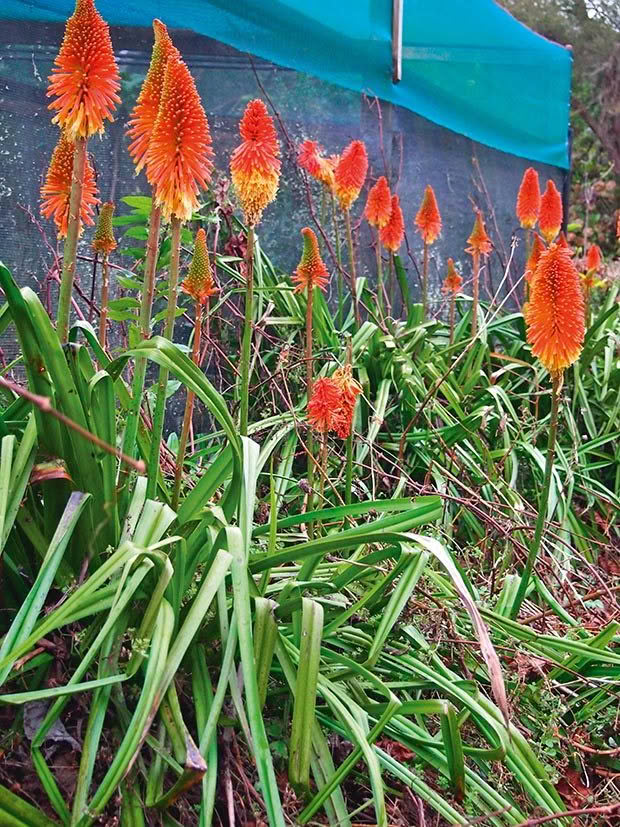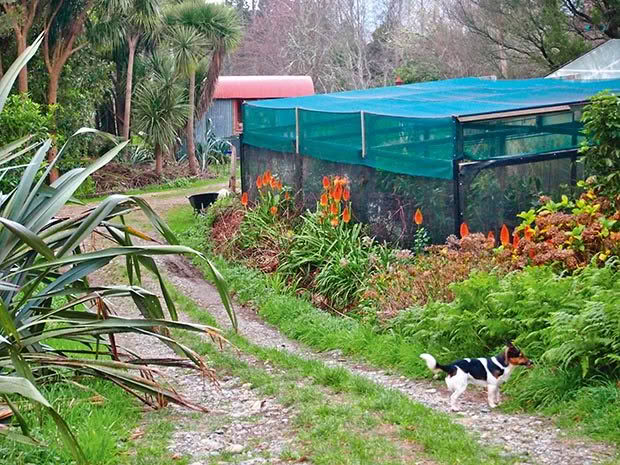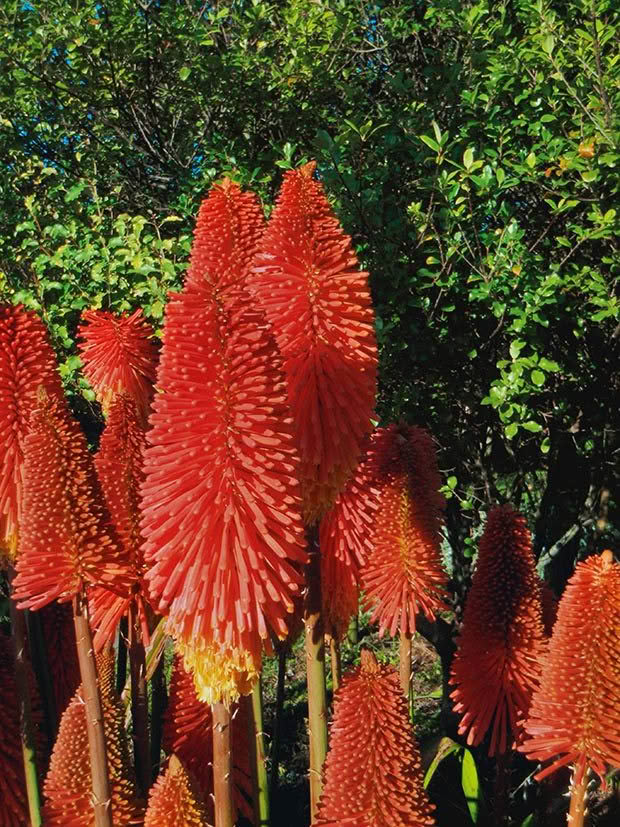7 reasons to plant this hot poker

This multi-purpose plant is beautiful and a true survivor.
Red hot pokers (Kniphofia) are a welcome sight on a dull day in winter, or on any day at any time really. These exotic and striking plants hail from the eastern parts of Africa and Madagascar, transitioning to our temperate shores with ease, and are now one of the trending plants worldwide.
But my memories of them are ones I saw in old gardens up and down the east coast of the North Island that we put to good use in childhood games. They were our flaming torches, our swords and ‘lights’ in our huts.
As an adult, they make long-lasting cut flowers for the house and brighten up a dark corner.

Traditionally the red hot pokers of my youth flowered in mid-to-late winter, but these versatile plants which have been well-hybridised, now bloom through summer and range in colour from red to yellow, orange and cream.
The plant is tolerant of drought conditions, likes a well-drained soil and will tolerate more than a light frost. I think of them as hardy plants which will survive just about anywhere, except in deep snow.
One of their important roles is providing nectar for tui, korimako (bellbird) and waxeyes. The birds swing from the stems as they sip the nectar, flying from flower to flower in pursuit of nourishment.

Usefully, stock don’t touch them. This means the tall-growing, traditional red hot poker over time will size up to an appreciable clump in paddocks and along fencelines, providing low shelter for stock in stormy weather.
These are members of the lily family, so they are easily divided in late spring with a sharp spade. Chop off any late flower heads and give the foliage a haircut at planting time and clumps will rapidly establish themselves.
When the leaves become a bit tired-looking, a quick trim will soon encourage fresh new growth to appear. The clumps are true perennials, lasting many years with minimal or no care.
Love this story? Subscribe now!
 This article first appeared in NZ Lifestyle Block Magazine.
This article first appeared in NZ Lifestyle Block Magazine.
